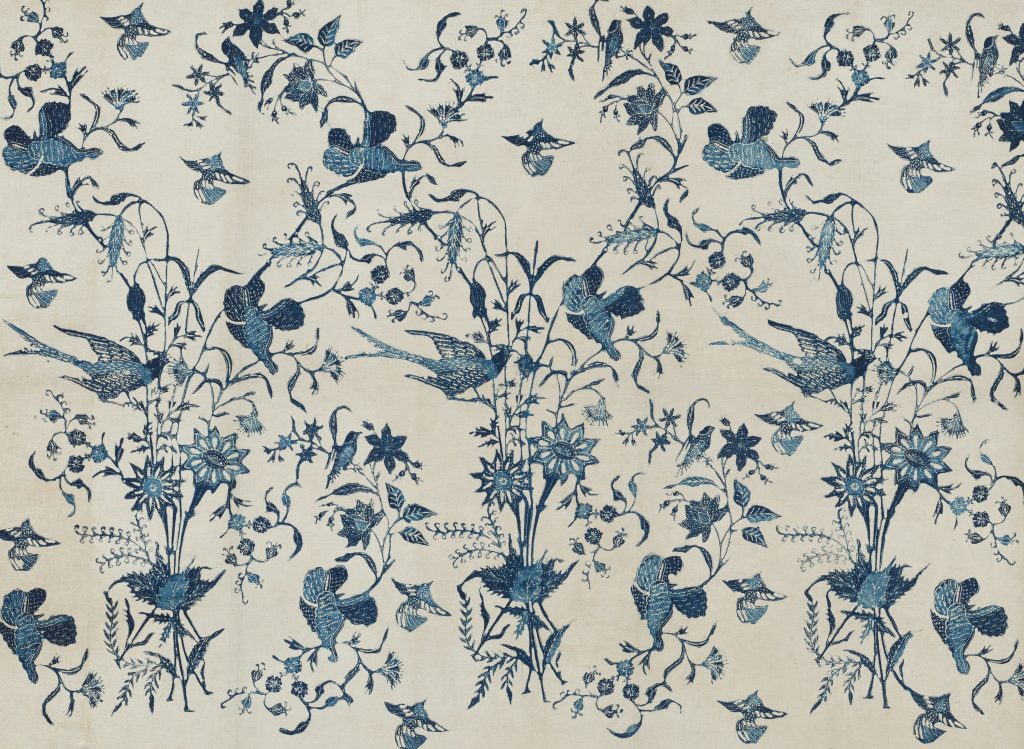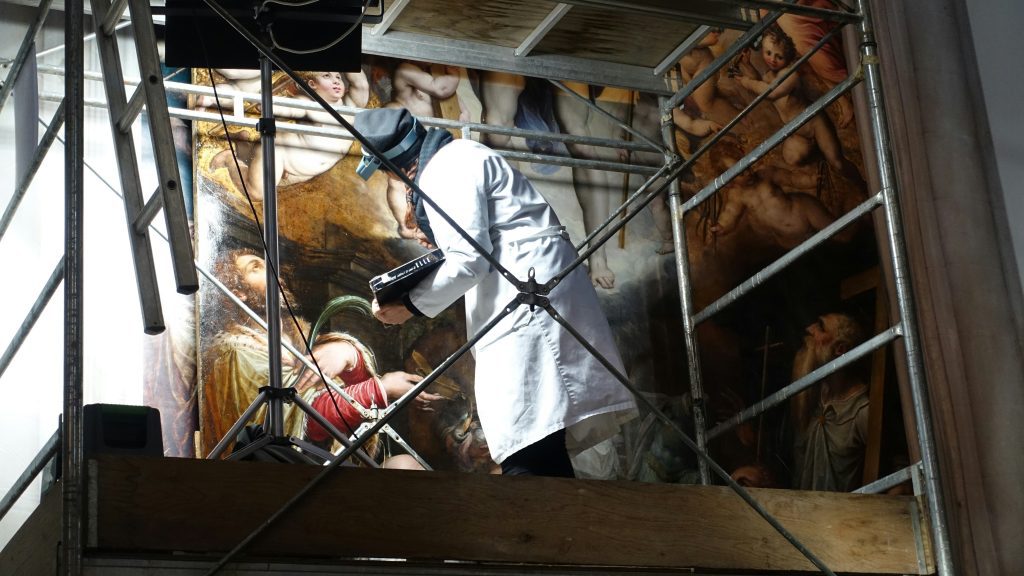In the world of interior design, the past often serves as a rich source of inspiration. The appeal of vintage elements in modern interiors is undeniable, as it adds character, nostalgia, and a sense of timelessness to living spaces. In this article, we will explore the art of reviving retro by incorporating vintage elements into modern interior design. From mid-century modern aesthetics to Victorian elegance, we will delve into various aspects of blending the old with the new to create captivating and stylish living spaces using vintage design.
The Timeless Allure of Vintage
Vintage design elements refer to pieces, styles, or design motifs from a specific era in the past. These elements often evoke nostalgia, showcasing the craftsmanship, aesthetics, and design sensibilities of bygone times. Vintage can encompass various periods, including the Victorian era, Art Deco, mid-century modern, and more.
Vintage elements can add depth and personality to modern interior design. They can be used to create eclectic and unique interiors that stand out from a sea of contemporary designs. The timelessness of vintage elements ensures that they continue to charm and inspire across generations.
Here are some of the benefits of incorporating vintage elements into your home décor:
- Vintage pieces are often made with higher quality materials and craftsmanship than their modern counterparts.
- They can add a touch of history and character to your home.
- They can be used to create a unique and eclectic look that is not easily replicated with new pieces.
- They can be a great way to save money on furniture and décor.
- They can be a sustainable choice, as they help to reduce waste and conserve resources.
If you are considering incorporating vintage elements into your home décor, there are a few things to keep in mind:
- Choose pieces that you love and that will complement the overall style of your home.
- Make sure the pieces are in good condition and will last for years to come.
- Be prepared to do some research and shopping to find the perfect pieces for your home.
- With a little planning and effort, incorporating vintage elements into your home décor can be a rewarding experience that will add value to your home for years to come.

Victorian Elegance is defined by dark wood tones and ornate furnishings. Source: Unsplash
Choosing the Right Vintage Era
Mid-Century Modern Chic
The mid-century modern era (1950s-1960s) is celebrated for its clean lines, organic shapes, and innovative use of materials. Furniture from this period often features sleek designs, iconic pieces like the Eames chair, and a fusion of form and function. Incorporating mid-century modern elements into modern interiors adds a touch of retro coolness and timeless elegance.
Here are some tips for incorporating mid-century modern elements into your home:
- Choose furniture with clean lines and simple shapes.
- Use natural materials like wood, glass, and metal.
- Add pops of color with accessories like pillows, rugs, and artwork.
- Mix and match pieces from different eras to create a unique look.
Victorian Elegance
The Victorian era (19th century) is synonymous with opulence, intricate detailing, and ornate furnishings. Victorian-inspired interiors exude luxury, with elements like tufted upholstery, dark wood finishes, and elaborate patterns. A dash of Victorian elegance can transform a modern space into a regal and sophisticated sanctuary.
Here are some tips for incorporating Victorian elements into your home:
- Choose rich, jewel-toned colors like red, gold, and green.
- Use dark wood finishes like mahogany and walnut.
- Add ornate details like moldings, carvings, and inlays.
- Upholster furniture in luxurious fabrics like velvet and brocade.
- Decorate with opulent accessories like chandeliers, mirrors, and artwork.
Both mid-century modern and Victorian styles can be beautiful and stylish, but they are very different. When choosing which style to incorporate into your home, it is important to consider your personal taste and the overall look you are trying to achieve.
Balancing Vintage and Modern
The key to successfully incorporating vintage elements into modern interior design lies in achieving a harmonious coexistence between the old and the new. Balance is crucial; too much vintage can make a space feel dated, while too much modern can make it feel sterile. Achieving the right equilibrium is an art.
Here are some tips for incorporating vintage elements into modern interior design:
- Choose vintage furniture pieces as focal points in a modern room. For instance, a mid-century modern coffee table or a Victorian chaise lounge can serve as eye-catching centerpieces. Surround these vintage pieces with contemporary furniture to create a captivating blend of styles.
- Maintain a cohesive color palette. Combining vintage elements with modern design may involve merging contrasting colors and textures. Choose a base color that ties the room together and use accent colors to highlight vintage design pieces, such as through upholstery or accessories.
- Use vintage accessories to add personality to a modern space. For example, a vintage lamp or a set of coffee table books can add a touch of history and charm to a contemporary room.
- Don’t be afraid to mix and match different styles. The best way to create a unique and stylish space is to experiment with different combinations of vintage and modern elements.
With a little creativity, you can easily incorporate vintage elements into your modern home to create a space that is both stylish and inviting.

Reviving Vintage Textiles and Patterns
Floral and botanical prints were prevalent in many vintage design eras, including the Victorian and Art Nouveau periods. These timeless patterns can be incorporated into modern interiors through wallpaper, upholstery, or curtains. This will infuse a touch of vintage charm into your space.
Geometric designs, a hallmark of mid-century modern style, have made a strong comeback in contemporary interior design. Consider using geometric rugs, cushions, or wall art to introduce a dash of retro flair into your living spaces.
Here are some other tips for using floral and botanical prints and geometric designs in your home:
- Use them sparingly to avoid overwhelming the space.
- Choose patterns that complement the overall style of your home.
- Mix and match different patterns for a more eclectic look.
- Add pops of color with accessories in complementary hues.
- Experiment with different sizes and shapes of prints to create a unique look.
With a little creativity, you can use floral and botanical prints and geometric designs to create a stylish and inviting home.
The Beauty of Vintage Accessories
Statement lighting can be a great way to add personality and style to a room. Vintage lighting fixtures, such as chandeliers from the Art Deco era or industrial pendant lights from the mid-20th century, can be especially eye-catching. When choosing statement lighting, it is important to consider the overall style of the room and to select a piece that will complement the other furnishings.
Antique mirrors can also be used to add visual interest to a room. They can reflect light and create a sense of spaciousness, and they can also be used to accentuate vintage elements in a design. When placing an antique mirror, it is important to consider the placement of windows and other light sources in the room. The mirror should be hung in a location where it will reflect light evenly and create a pleasing effect.
Here are some additional tips for using statement lighting and antique mirrors in your home:
- Choose statement lighting that is proportional to the size of the room. A large chandelier in a small room can be overwhelming, while a small lamp in a large room can be lost.
- Consider the style of the room when choosing statement lighting. A modern room would not be well-suited to a traditional chandelier, while a traditional room would not be well-suited to a modern pendant light.
- Place antique mirrors in locations where they will reflect light evenly and create a pleasing effect.
- Clean antique mirrors regularly to remove dust and fingerprints.

Restoring and Repurposing Vintage Finds
Restoration is the process of bringing a vintage piece back to its original condition. This can involve repairing any damage, cleaning and polishing the piece, and replacing any missing or damaged parts. Restoration can be a time-consuming and expensive process, but it can be worth it to preserve a piece of history.
Repurposing is the process of giving a vintage piece a new purpose. This can involve using the piece in a different way than it was originally intended, or simply changing its appearance. Repurposing is a great way to give a vintage design piece a new lease on life.
Some examples of restoration and repurposing include:
- Restoring a vintage chair to its original condition
- Repurposing an old door as a headboard
- Turning vintage suitcases into storage bins
- Salvaging windows and turning them into decorative mirrors
Restoring and repurposing vintage pieces can be a fun and rewarding project. It’s a great way to add unique pieces to your home and help to reduce waste.
Final Thoughts: Timeless Elegance
Incorporating vintage design elements into modern interior design is an art that allows homeowners to create spaces that are both visually captivating and deeply personal. Whether you opt for mid-century modern chic or Victorian elegance, the key is to strike the right balance, maintain a cohesive design, and celebrate the timelessness of vintage aesthetics. By reviving retro, you can infuse your living spaces with a sense of history and elegance that transcends trends and stands the test of time.
Here are some parting tips to sum up how you can incorporate vintage elements into your modern interior design:
- Start with a strong foundation. Choose a neutral color palette and simple, classic furnishings as the foundation for your space. This will provide a backdrop for your vintage pieces and help to create a cohesive look.
- Add pops of color and pattern. Vintage design pieces often feature bold colors and patterns, so don’t be afraid to add some of these elements to your space. Just be sure to do so in moderation, so as not to overwhelm the overall look.
- Mix and match different styles. One of the best things about vintage furniture is that it can be mixed and matched with pieces from other styles. This is a great way to create a unique and eclectic look.
- Don’t be afraid to experiment. The most important thing is to have fun with it and experiment until you find a look that you love. There are no rules when it comes to vintage interior design, so don’t be afraid to try new things.
With a little creativity, you can easily incorporate vintage elements into your modern interior design to create a space that is both stylish and timeless